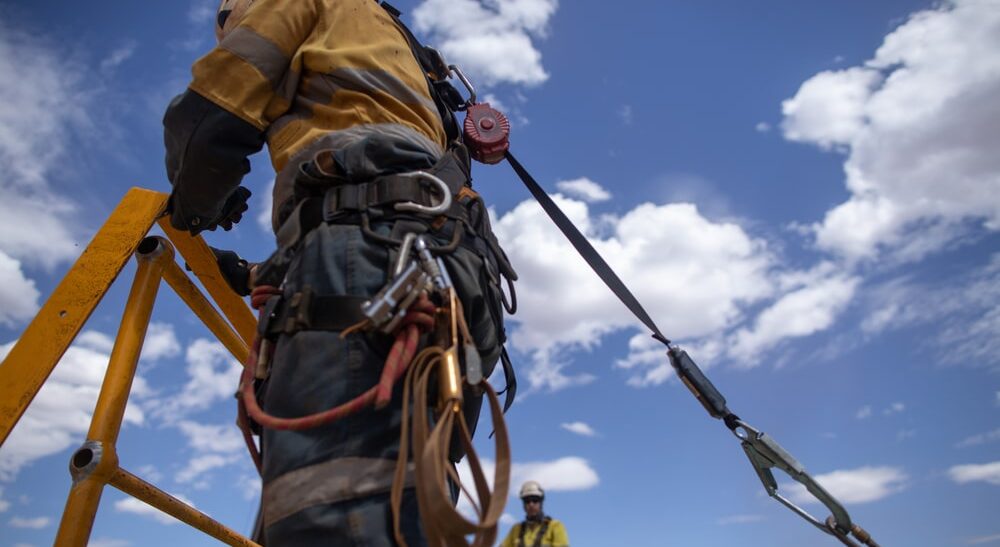The blue-collar worker. Industrious, hard-working, and considered by many to be the backbone of our economy. Many people don’t realize the type of work involved in these kinds of jobs and career fields. Aside from the hard labour, blue-collar workers often times work in hazardous conditions as well. Everything from confined spaces all the way to elevated heights encompasses this line of work.
For this reason, we here at AIP Safety offer fall arrest training in Calgary. With a focus on worker education, this fall protection course aims to inform everyone from electricians and plumbers to labourers and steel workers on the best practices for elevated workplace safety. Keep reading to learn more.
Why AIP Safety?
At AIP Safety, we operate with a large-scale of Health, Safety and Environmental experts beginning at the local, and going all the way to the international level. Moreover, our fall protection training services offer clear-cut advice, practical guidance, and industry knowledge in the best practices of fall arrest education.
We merge versatility with sensible expertise which allows us to produce and deliver a training course of this kind of calibre. Additionally, we deliver training in many locations; everything from your work office environment, to in-house training programs at our facility, are included.
We are organized and flexible, which allows us to exceed your expectations and accommodate your schedule.
Fall Protection Training Program: What to Expect
Used to describe the secure stopping of an individual falling from an elevated workspace, fall arrest provides numerous forms of protection against falls. Some of these include fall restraint (which prevents falls when workers are in a fall hazard zone) and fall guarding (well-established protection that prevents people from coming into a fall hazard zone).
In order to work in such environments, it is a requirement for workers to be trained in fall protection equipment as decreed by the OH&S Code of Alberta. This fall protection training course in Calgary is a 4-hour program that is designed to educate and inform the everyday blue-collar worker in the planning, usage, and application of Fall Protection systems.
What you’ll learn:
- Best practices for safety regulations
- How to properly examine and inspect your harness, lanyard, and other fall protection equipment
- Proper equipment selection, examination, and upkeep
- The difference between fall restraint vs. fall arrest
- The importance of Anchor Points and Anchor Systems
- The necessity of a Pro-Active Safety mindset and attitude
- How to safely use the equipment and systems
Final Thoughts
Fall arrest saves lives. Using the right equipment for the job, knowing what to do should an accident occur, and competently implementing this knowledge are what allow workers to return home safely after a hard and honest day’s work. As such, AIP’s fall protection training program is a course you can't miss if any part of your work scope encompasses heights.
At AIP Safety, we are committed to providing quality training courses that educate, inform, and teach workers of the best practices for workplace safety. For this reason, if you are curious to learn more about our programs, contact us today for additional information.

